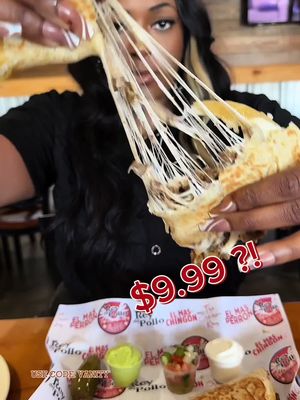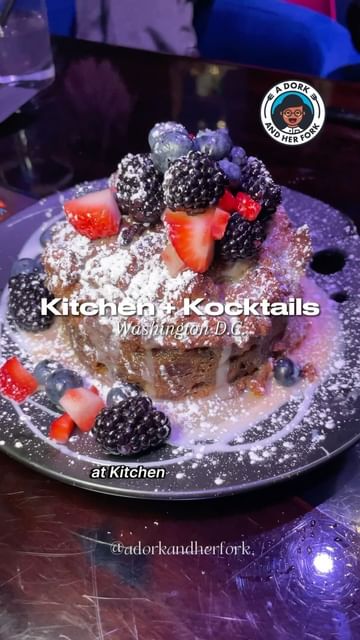The meal kit market is booming—but so is the competition. Whether you're a local chef, a ghost kitchen launching DIY kits, or a startup delivering nationwide, getting consistent orders is the key to scaling.
The good news? With the right mix of marketing, partnerships, and product optimization, you can turn one-time buyers into lifelong subscribers.
Let’s dig into 10 smart ways to grow your meal kit business. 🔍
🛍️ 1. Design Kits That Are Easy & Craveable
People buy meal kits for convenience and experience—so your offerings need to deliver both.
💡 Focus on:
- 30-min or less cook time ⏱️
- Few, high-quality ingredients
- Customizable dietary options (vegan, keto, gluten-free)
- Clear instructions and pre-portioned components
Don't just sell food—sell a moment. Think: “Date Night Risotto Kit” or “Family Taco Tuesday Box.” Make it easy and fun to cook.
🧠 67% of customers say they want meal kits that save time and reduce decision fatigue.
📸 2. Use Killer Visuals to Drive Cravings
Meal kits are a visual product. If it doesn’t look good, it won’t sell.
✔️ What you need:
- Pro-quality food photography
- Step-by-step assembly photos or videos
- Lifestyle shots of people cooking and eating
- Unboxing reels that show off packaging and presentation
📱 Instagram Reels + TikTok are your best friends. Bonus points for using trending sounds or transitions.
🧠 3. Create Themed or Seasonal Kits
Want to create urgency and repeat orders? Limited-time kits are a game-changer.
🎉 Try:
- Valentine’s Day “Cook Together” bundle ❤️
- Summer BBQ DIY Kit 🍔🌭
- Halloween Pizza-Making Kit 🎃
- Holiday cookie kits for kids 🍪
People love novelty, especially if it’s tied to an event. These seasonal drops also give you an excuse to promote again and again on social.
📣 4. Partner with Local Food Influencers
No one sells food like foodies. 🤤
🎥 Why influencer marketing works for meal kits:
- Influencers can demo the kit in their stories or TikToks
- They bring trust and relatability
- Their followers are often local and ready to buy
👀 Example: A Toronto-based food creator makes your ramen kit on TikTok → orders spike in the GTA that week.
📈 Influencer partnerships can drive up to 25% increase in trial orders for DTC food brands.
Use Mustard to match with micro and macro creators who already talk food.
📦 5. Optimize Your Packaging and Unboxing Experience
The unboxing moment is a HUGE part of the customer journey.
✅ What to include:
- Eco-friendly, brand-forward packaging ♻️
- Easy-to-read cooking instructions
- Bonus recipe cards or snack samples
- A QR code for reordering, subscribing, or tagging you on social
🎁 Add a personal touch like “Thanks for cooking with us!” handwritten cards—small things go a long way.
💌 6. Launch a Referral + Rewards Program
Let your happy customers bring in their friends. 🤝
🎯 Offer:
- $10 off for every friend referred
- Loyalty points for reorders
- Rewards for unboxing videos or tagged social posts
People love free food and exclusive perks. A referral engine can become one of your cheapest acquisition tools.
🥇 Referral customers have a 37% higher retention rate.
📲 7. Build an Email & SMS Funnel
You’re not just selling once—you’re building a list.
💥 Use:
- Abandoned cart emails with recipes
- SMS flash deals or LTO reminders
- Weekly meal suggestions based on behavior
- “You’ve Got Leftovers!” win-back campaigns
A clean, automated email/SMS flow can convert browsers into subscribers—and keep them coming back.
📍 8. List on Local Marketplaces
Don’t rely solely on your own site. Get listed in local ecosystems where people are already looking for food.
Great platforms:
- Locale (local meal kit marketplace)
- Uber Eats/Doordash via virtual listing
- Subscription box platforms
- Shopify marketplaces or Etsy (for themed kits)
This gives you more discoverability without extra spend.
📊 9. Run Geo-Targeted Social Ads
Paid ads can work wonders—when they’re done right.
🎯 Target:
- Users within your delivery radius
- Interests like “home cooking,” “meal planning,” or “healthy eating”
- Specific moments (payday, holidays, “back to school”)
🔥 Ad Ideas:
- Video ad of someone opening and making the kit
- Carousel of bestsellers + reviews
- Countdown to next subscription drop
📊 Facebook & IG retargeting ads can increase conversion by 70% when paired with email follow-ups.
🛠️ 10. Offer Subscription Perks (But Stay Flexible)
Subscriptions help with revenue predictability—but customers want flexibility.
Offer:
- Build-your-own subscription kits
- Pause/skip anytime options
- Discounts for longer commitments
- Surprise “thank you” snacks for subscribers 🎁
And be clear about value: “Save 15% monthly and never wonder what’s for dinner again!”
👀 Real-World Example: Local Chef Meal Kits 🍳
One Mustard customer launched a weekly “Chef’s Market Kit” in Atlanta featuring locally sourced ingredients and rotating dishes.
They:
- Teamed with 3 foodie influencers for a Sunday night cook-along
- Sent email & SMS blasts with new menu previews
- Offered 10% off for referrals
In 3 months:
- Their order volume doubled
- Their subscriber churn dropped by 40%
- Their TikTok hashtag hit 200K views 🔥
🚀 Bonus Tip: Collaborate with Local Businesses
Want to stand out even more?
🤝 Partner with:
- Coffee shops for brunch kits ☕
- Wineries for dinner + wine pairings 🍷
- Local farms for CSA-style boxes
- Fitness studios for post-workout meals
You’ll expand reach and tap into ready-made communities.
Final Thoughts: Build Craveable Moments 🍴💡
Meal kits aren’t just about saving time—they’re about creating a food experience.
To grow:
- Nail the product
- Get people talking (especially influencers!)
- Turn orders into relationships
- Focus on brand + visibility + repeatability
It’s not just about cooking. It’s about connection. ❤️
And if you need help finding the right food creators or boosting launch buzz?
👉 Let Mustard help your meal kit brand grow



.jpg)





